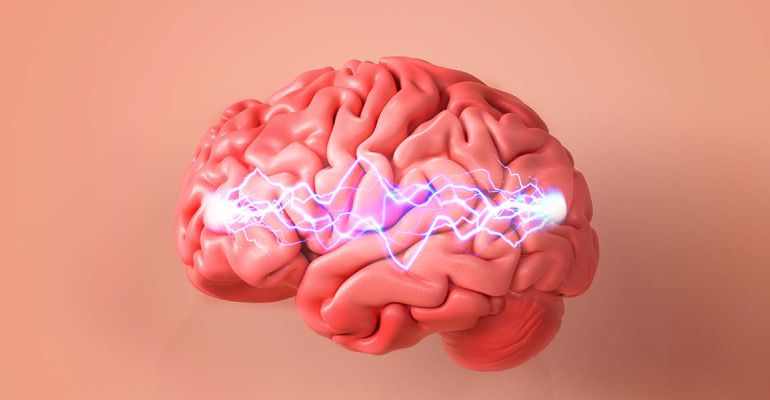EPILEPSY SURGERY

Epilepsy surgery is brain surgery to stop or reduce the number of seizures you’re having and/or their severity. Seizures are a burst of uncontrolled electrical activity between your brain’s nerve cells, which can result in changes in your
• Awareness
• Muscle control (your muscles may twitch or jerk)
• Sensations
• Emotions
• Behaviour
Surgical approaches to manage seizures include:
• Removing the part of your brain where the seizures start
• Disconnecting brain nerve cell communication to stop the spread of seizures to other areas of your brain
• Using a laser to heat and kill the nerve cells where the seizures begin
• Implanting pacemaker-like device & electrodes that send electrical signals disrupting seizure activity at source
• Inserting delicate electrode wires (using robotic guidance) to record seizure activity from the depths of your brain
Brain aneurysms form and grow because blood flowing through the blood vessel puts pressure on a weak area of the vessel wall. This can increase the size of the brain aneurysm. If the brain aneurysm leaks or ruptures, it causes bleeding in the brain, known as a haemorrhagic stroke.
They're sometimes known as cavernous angiomas, cavernous haemangiomas, or cerebral cavernous malformation (CCM). A typical cavernoma looks like a raspberry. It's filled with blood that flows slowly through vessels that are like "caverns". A cavernoma can vary in size from a few millimetres to several centimetres across.
A small incision is made in scalp, followed by drill hole in the bone just big enough to pass the electrode. Each electrode is held in place by a bolt that attaches to the bone. The procedure is done under General anaesthesia. After the procedure patients are in epilepsy monitoring unit. Patients are monitored for couple of days in the hospital and then discharged home after removal of electrodes under mild sedation in operating room.
For more information, please book your appointment with our expert Epileptologist surgeon in Powai Mumbai
The amount of stimulation in deep brain stimulation is controlled by a pacemaker-like device placed under the skin in the upper chest. A wire that travels under the skin connects this device to the electrodes in the brain.
Deep brain stimulation is commonly used to treat a number of conditions, such as:
• Parkinson's disease
• Epilepsy
• Essential tremor
• Conditions that cause dystonia, such as Meige syndrome
• Obsessive-compulsive disorder
• Tourette syndrome
Deep brain stimulation also is being studied as a potential treatment for:
• Chorea, such as Huntington's disease
• Cluster headache
• Chronic pain
• Dementia
• Addiction
• Refractory depression
• Obesity
